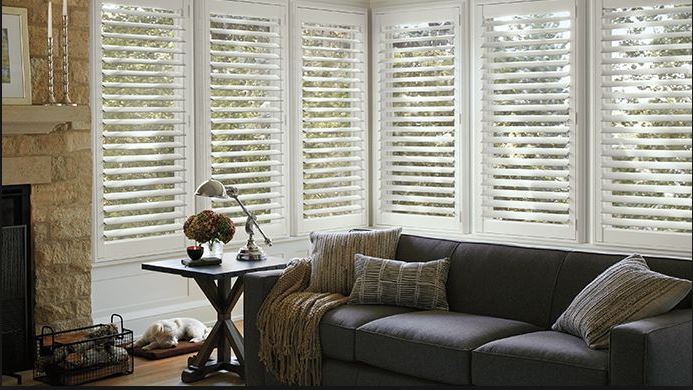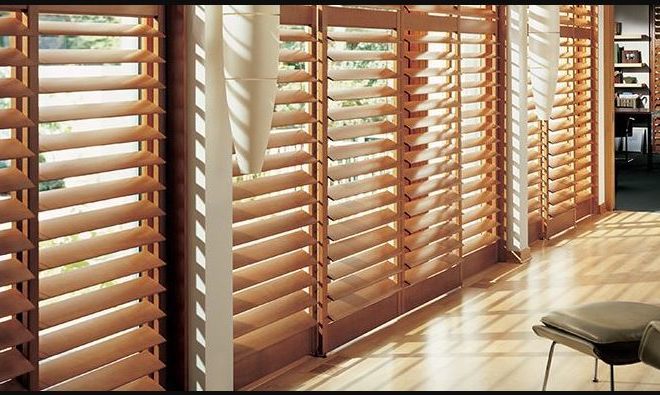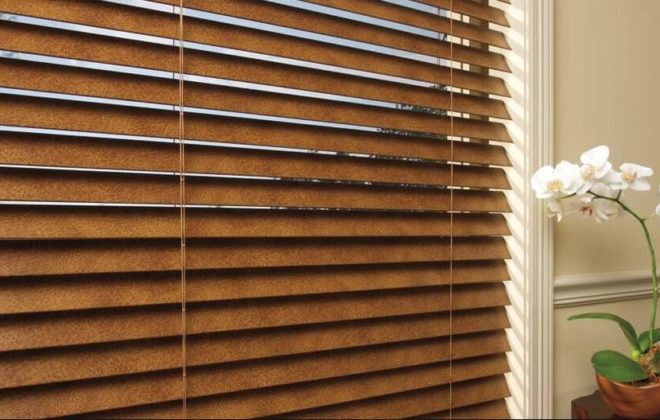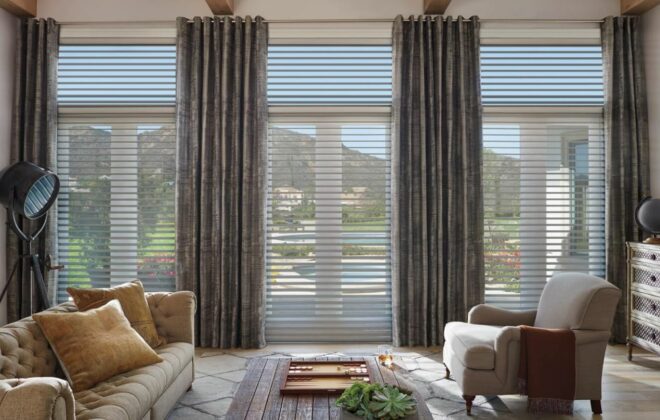- Contact Us Today
- (919) 380-0898
- Schedule Your Consultation
Wood Window Coverings
Functional window coverings, like shutters have been a part of the home design landscape almost as long as there have been homes with windows. Traditionally, functional window shutters have been made from wood. Adding wood window coverings to your Raleigh, NC home is a great way to make your home more beautiful, valuable, efficient and functional.
There are many different kinds of wood window shutters, but the biggest differences stem from what kind of wood the shutters are made from. While there are hundreds if not thousands of different kinds of wood, the following 4 make the best wood window shutters:
- Engineered Wood – Sometimes referred to as PHD or finger jointed wood, engineered wood can be made from one species of wood or multiple species bonded together. Engineered wood offers many advantages, such as a stiff but lightweight build that makes it ideal for wide or tall shutters, an affordable cost, and lots of different colors, shapes and sizes. However, engineered does have a few disadvantages. For example, it cannot be stained as the stain would show the joints, and it has to be very carefully made or the joint lines will become more prominent over time.
- Basswood – Basswood is the wood most commonly used for shutters, overcoming pine and poplar. Basswood is so popular because of its lightness, resistance to warping, and flexibility of design. These shutters can be easily stained or painted, but they have to be limited to lengths of 12 feet or less. Also, it takes a lot of work to prepare basswood for a high quality finish, making it a bit more expensive than engineered wood. Basswood is also not water resistant, and should not be used in areas that have lots of exposure to moisture.
- Alder – Alder is a hardwood usually harvested from the northwest USA. It offers many benefits, and is sometimes referred to as the Cadillac of wood shutter wood. Alder has a cherry wood grain appearance, making it very attractive and easy to stain and paint. It’s also very durable and stable for long-term use. However, Alder is limited to 10 feet in length, does cost more than many other wood species, and does not perform well in high-moisture areas.
- Incense Cedar – Incense cedar is another high quality shutter wood. Haling from northern California, incense cedar is very stable, and resists cupping, warping, insects, rot and bowing. It also finishes very well, giving homeowners the option to stain or paint, and has a rosier tint with a pine or fir-like grain. Incense cedar offers large and wide panels for bigger shutter designs. However, this kind of cedar required a lot of manufacturing, and therefore comes with a larger price tag. It’s also not moisture resistant.
If you want to learn more about these kinds of woods for window shutters, or have questions about other kinds of window shutters, window coverings, or blinds, Kiwi Designs, Fine Blinds & Shutters, can help. We have year of experience in the Raleigh, NC window coverings industry, and would be happy to use our experience for you. Please visit us at 1785 NW Maynard Rd Cary, NC 27513, or give us a call at (919) 380-0898.





